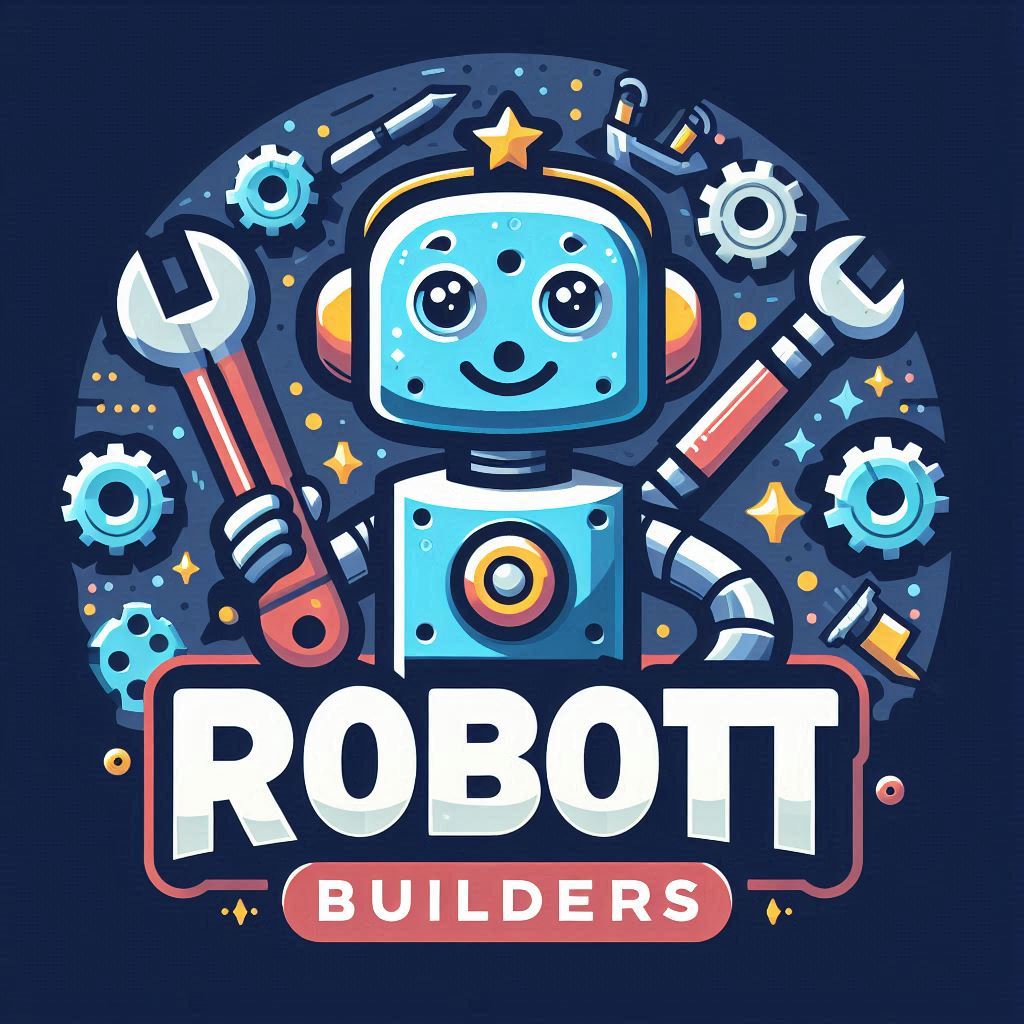Video editing has evolved significantly with the integration of Artificial Intelligence (AI), transforming traditional workflows into automated, efficient processes. AI-powered video editing tools allow users to enhance video quality, automate cuts, generate effects, and improve storytelling—making professional video production accessible to everyone. If you’re looking to develop your own AI-driven video editing tool, this guide provides SEO-friendly insights while following best practices in design and development.

Step 1: Define Your AI Video Editing Tool’s Purpose
Before building an AI-based editor, establish the objectives:
- What problems will it solve? Automate tedious editing processes, enhance video quality, or enable real-time effects?
- Who is your target audience? Video creators, marketers, content producers, or casual users?
- What features should it offer? Auto-cutting, AI upscaling, smart transitions, or color correction?
Tip: A clear vision ensures an effective tool tailored to user needs.
Step 2: Choose the Right Technology Stack
The success of your AI-powered editing tool depends on selecting the right frameworks and platforms.
Programming Languages
- Python (best for AI/ML tasks).
- C++ (high-speed processing for video).
- JavaScript (for web-based video editing platforms).
AI & Machine Learning Frameworks
- TensorFlow / PyTorch (for training AI models on video enhancements).
- OpenCV (for object recognition and video transformations).
- FFmpeg (for video format conversion and manipulation).
Video Editing APIs
- Adobe Premiere Pro API (for professional tool integrations).
- FFmpeg API (for processing raw video data).
- AVFoundation (for macOS/iOS-based video applications).
Step 3: Collect and Train AI Models with Video Data
AI-driven video editing relies on learning from high-quality datasets. Steps to prepare AI models:
- Gather Video Samples: Use publicly available datasets or proprietary video files for training.
- Preprocess Data:
- Extract frames for image-based AI processing.
- Clean up raw footage to remove distortions.
- Apply segmentation techniques for AI-driven scene identification.
Training AI Models
- Auto-Editing Models: Train deep learning models to identify best video cuts, transitions, and align scenes.
- Color Correction AI: Enhance brightness, contrast, and saturation automatically.
- Object Detection & Tracking: Train AI to recognize faces, objects, or movements for effect automation.
Tip: AI models need continuous fine-tuning to improve video editing precision.
Step 4: Implement AI Features for Intelligent Editing
AI-powered video editors should integrate smart automation techniques to enhance editing efficiency.
Key AI Editing Features
- Auto-Cut & Scene Detection: Use AI to identify and extract relevant scenes automatically.
- AI-Based Filters & Effects: Apply dynamic filters, animations, and transitions based on video content.
- Speech-to-Text Captioning: Implement NLP models to generate captions and subtitles instantly.
- Background Removal & Object Tracking: Train AI models to remove backgrounds or focus on specific objects.
- Video Upscaling & Denoising: Improve low-resolution videos with AI-enhanced upscaling.
Tip: AI should adapt to user preferences by learning editing styles over time.
Step 5: Develop a User-Friendly Interface
Users need an intuitive UI/UX design to maximize efficiency.
Interface Design Guidelines
- Drag-and-Drop Simplicity: Make editing accessible for beginners.
- Real-Time AI Edits: Show live previews of AI-based improvements.
- Preset AI Templates: Allow users to apply predefined AI enhancements.
- Cloud-Based Editing: Enable online editing without heavy software installations.
Tip: A smooth user experience increases adoption rates and engagement.
Step 6: Deploy & Optimize Your AI Video Editing Tool
The final step is deploying the tool and ensuring scalability.
Deployment Considerations
- Cloud Integration: Host AI models on AWS, Azure, or Google Cloud for scalability.
- Cross-Platform Support: Make the tool accessible on Windows, macOS, and mobile devices.
- Security Measures: Implement data encryption and content privacy protocols.
- Performance Monitoring: Use analytics to refine AI functionalities.
Tip: Frequent updates based on user feedback improve AI performance.
SEO Optimization for AI Video Editing Tools
To boost visibility online, SEO strategies should be embedded into marketing efforts.
SEO Best Practices
- Keyword Optimization: Use terms like “AI video editor,” “smart video automation,” and “AI-powered editing tool.”
- Create a Landing Page: Showcase tool features, use cases, and demos.
- Publish Blog Tutorials: Educate users on how AI enhances video editing.
- Optimize Website Speed: Improve loading times to rank higher on Google PageRank.
- Build Backlinks: Partner with tech blogs and video creators to enhance credibility.
Tip: Well-executed SEO strategies increase organic traffic and user adoption.
Challenges in AI Video Editing Development
- Processing Complexity: AI requires high computing power for real-time video analysis.
- Bias in Auto-Editing: Models must adapt to diverse editing styles and user preferences.
- Storage & Performance Issues: Large video datasets demand cloud optimization.
Tip: Solve challenges by optimizing algorithms, enhancing dataset variety, and refining user controls.
Conclusion
Developing AI-powered video editing tools transforms how videos are created, making complex edits efficient, intuitive, and automated. By following a structured approach—selecting the right AI models, building intelligent editing features, ensuring seamless UI/UX, and optimizing for SEO—you can craft a game-changing tool that revolutionizes video production.
Ready to dive into AI video editing? Start building today and reshape the future of content creation!
